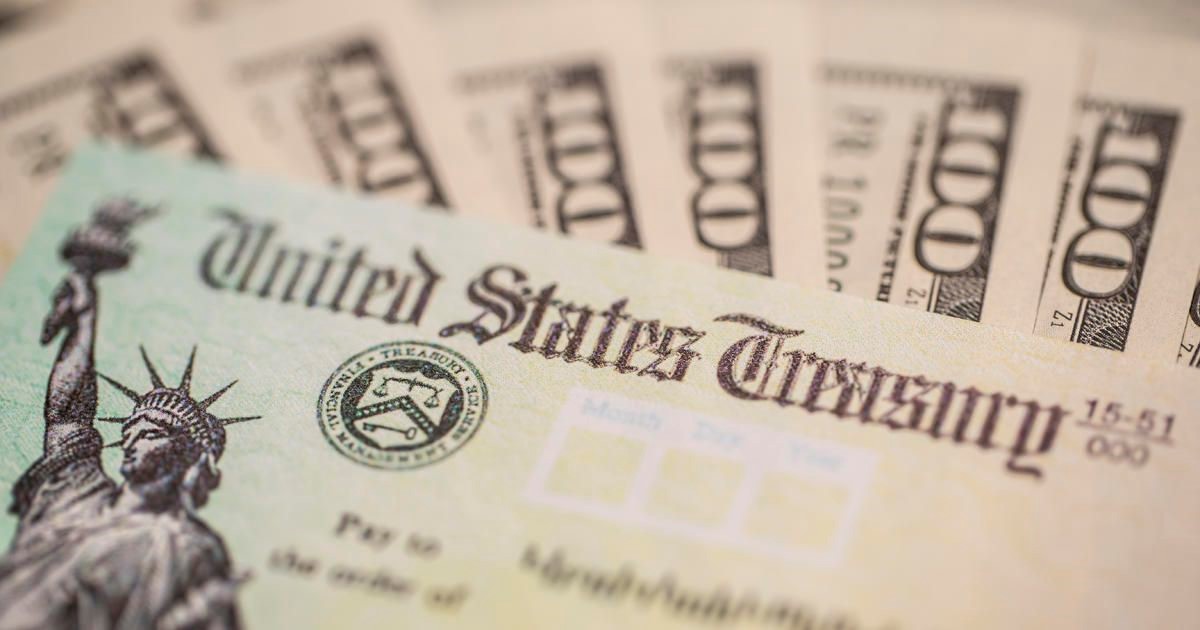 A $1.9 trillion U.S. coronavirus relief package was passed by the Senate on Saturday 3/6, and has now been signed by the House of Representatives as well.
A $1.9 trillion U.S. coronavirus relief package was passed by the Senate on Saturday 3/6, and has now been signed by the House of Representatives as well.
Known as the American Rescue Plan Act, H.R. 1319, the bill will now be sent to President Biden’s desk to be signed into law. It is expected to be signed by the President ahead of the 3/14 expiration for the $300/week federal funds added to unemployment checks.
The Senate bill retains most of the tax provisions in the House bill, however, eligibility for the recovery rebate credits (to be paid to most taxpayers in advance as economic impact payments) would phase out more quickly than it did in the two previous rounds.
For single taxpayers, the phaseout will begin at an adjusted gross income (AGI) of $75,000 and the credit will be completely phased out for taxpayers with an AGI over $80,000.
For married taxpayers who file jointly, the phaseout will begin at an AGI of $150,000 and end at AGI of $160,000. And for heads of households, the phaseout will begin at an AGI of $112,500 and be complete at AGI of $120,000.
Under the House bill, the phaseout range was $25,000 for single taxpayers (i.e., from AGI of $75,000 to AGI of $100,000), $50,000 for joint filers, and $37,500 for heads of household.
The Senate bill also includes:
Extended Unemployment Benefits
The American Rescue Plan extends unemployment benefits of $300 a week through September 6, 2021. In addition, the first $10,200 in 2020 benefits is tax free for families making $150,000 or less.
It also provides a 100% subsidy of COBRA health insurance premiums so unemployed workers can remain on their employer healthcare plans through the end of September.
Expanded Child Tax Credit
The legislation calls for payments of $3,000 a year for each child ages 6 to 17, and $3,600 for each child under age 6 for couples who make $150,000 or less and single parents who make $112,500 or less. Payments would be sent by direct deposit on a monthly basis.
As written, the bill provides for one year of credit payments. The idea behind regular payments is to help families pay for ongoing costs instead of claiming a credit when they file their taxes. The credit is refundable, meaning everyone who qualifies will get it no matter their tax situation.
Continued Eviction and Foreclosure Moratoriums
The legislation includes $30 billion in emergency rental assistance and $10 billion for mortgage assistance.
Student Loan Forgiveness
While the plan does not include student loan forgiveness, it does include a provision that any student loan forgiveness passed between Dec. 30, 2020 and Jan. 1, 2026, will be tax free. Normally, loan forgiveness counts as taxable income.
Schools and Childcare Block Grants
The bill sets aside $130 billion for K-12 education. This money will be used to reduce class sizes, improve ventilation, purchase personal protective equipment, and fund other steps to help schools reopen safely.
Help for Businesses
A new program for restaurants and bars allocates $25 billion in pandemic assistance grants. The grants can provide up to $10 million per company with a limit of $5 million per physical location and used to cover payroll, rent, utilities and other expenses. The Paycheck Protection Program will receive an additional $7.25 billion and more non-profits will now be allowed to apply for forgivable loans to help cover payroll and other operating expenses.
State and Local Government
The American Rescue Plan includes $350 billion in aid to states, cities, tribal governments, and U.S. territories. These funds are designated to help replace lost tax revenue due to the pandemic.
Increased Food Aid
Includes $510 million for the FEMA Emergency Food and Shelter Program which will be used to provide overnight shelter, meals, one month’s rent or mortgage assistance and one month’s utility payments.
The American Rescue Plan Act provides extended emergency nutritional assistance to food-stamp recipients, including a 15% increase in benefits that will continue through September, instead of expiring at the end of June.
Pandemic Response
About $50 billion will pay for additional COVID-19 testing and contact tracing, and $19 billion will help increase the size of the public health workforce. About $16 billion will fund vaccine distribution and supply chains.
SOURCE: Journal of Accountancy
 As the latest round of stimulus payments have started hitting some bank accounts, The IRS has updated the “Get My Payment” tool on its website with further information on when to expect payments.
As the latest round of stimulus payments have started hitting some bank accounts, The IRS has updated the “Get My Payment” tool on its website with further information on when to expect payments.


 A $1.9 trillion U.S. coronavirus relief package was passed by the Senate on Saturday 3/6, and has now been signed by the House of Representatives as well.
A $1.9 trillion U.S. coronavirus relief package was passed by the Senate on Saturday 3/6, and has now been signed by the House of Representatives as well.